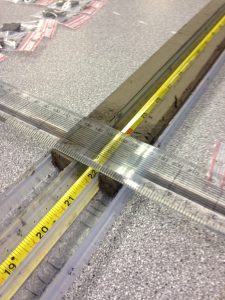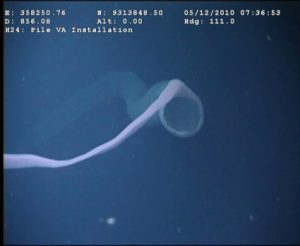
Guest post from Harriet Moore – Burning Questions
As you are all here to 'Explore Our Oceans' I am pretty sure fire has yet to cross your minds during this course, until now......stick with me on this one, I am not going mad! If I was to ask you to think about fire, one of the very last things you would think about is the oceans.
Continue reading →









